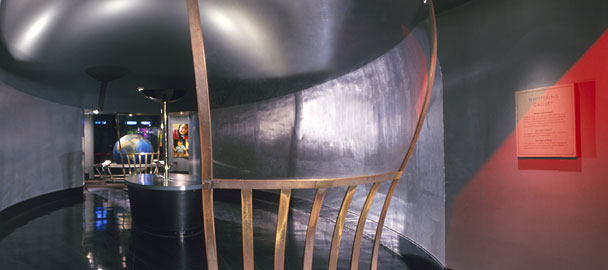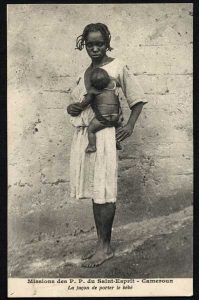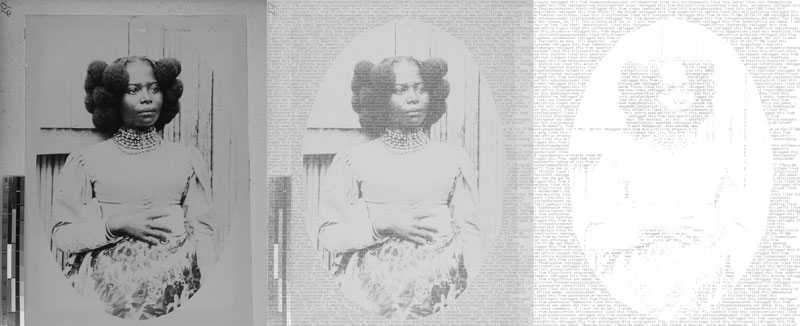
The Museum of Science and Industry in Chicago has a Whispering Gallery. It is a 40 foot long sroom covered in metal. The thing is, when you stand at one end, you can whisper the quietest whisper you can manage, and the person at the other end can HEAR you as though you were speaking right into their ear. That moment when you realize that your little voice has made it to the other side, because the other side replies and you experience what happened to them when they heard your whisper, is a moment of glee. And then you keep doing it until other people show up because even though you may have heard that voice before, you know get to hear it as breath, a whisper, loud and clear. Digital media, for me is like that whisper. There is loud talking about what it means to be black and what it means to be a black woman and what the black experience is supposed to feel like, look like, sound like, taste like, etc. that we have a hard time letting it just be. When I say be, I mean it in terms of being a state of becoming.

Digital media is the place where I can’t see the other side of the whisper room, but I know it is there. I hear the whispers that make their way to me, across time and space, through cables (as light, yay fiber optics!). Digital media is the space where I can find a photograph and post it with the whisper “did you know she was this beautiful?” and I can hear back “she really is”. And while yes, she might be and/or represent all those things that define the black experience, in fact, I may be even placing her as “the Black Woman” at that moment of whisper, we are allowed to just see her and see that yes, she was, is, and will always be beautiful. And we are allowed to see her and say yes, she is and will always be, like me.
I go into my project knowing it is not a critical mass project. However, I know how whispers affect feeling and how seeing affects world making. My only hope is that by sharing these photographs of women who were here before us, I help keep their images in mind. Having that image creates a new world. This is, of course, the moment when things move from media to performance.

